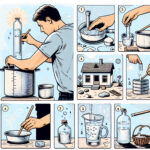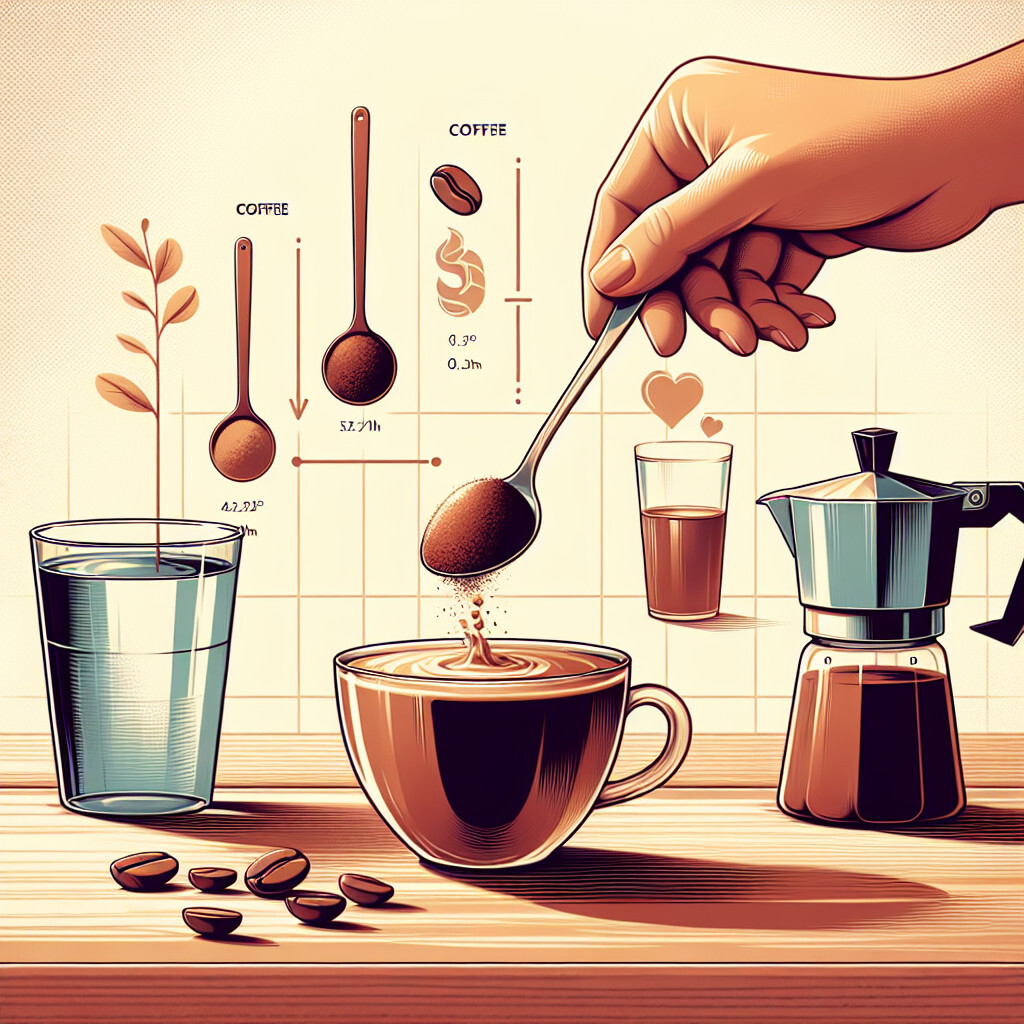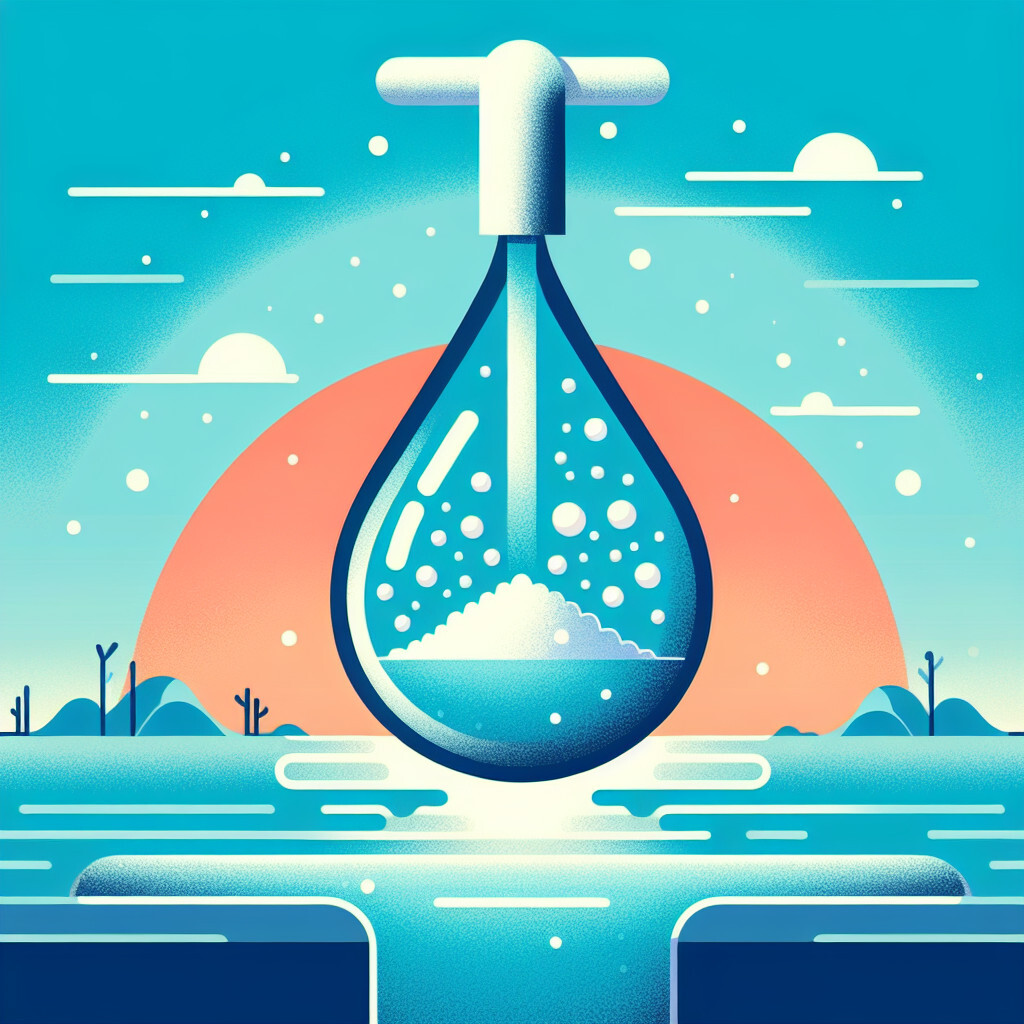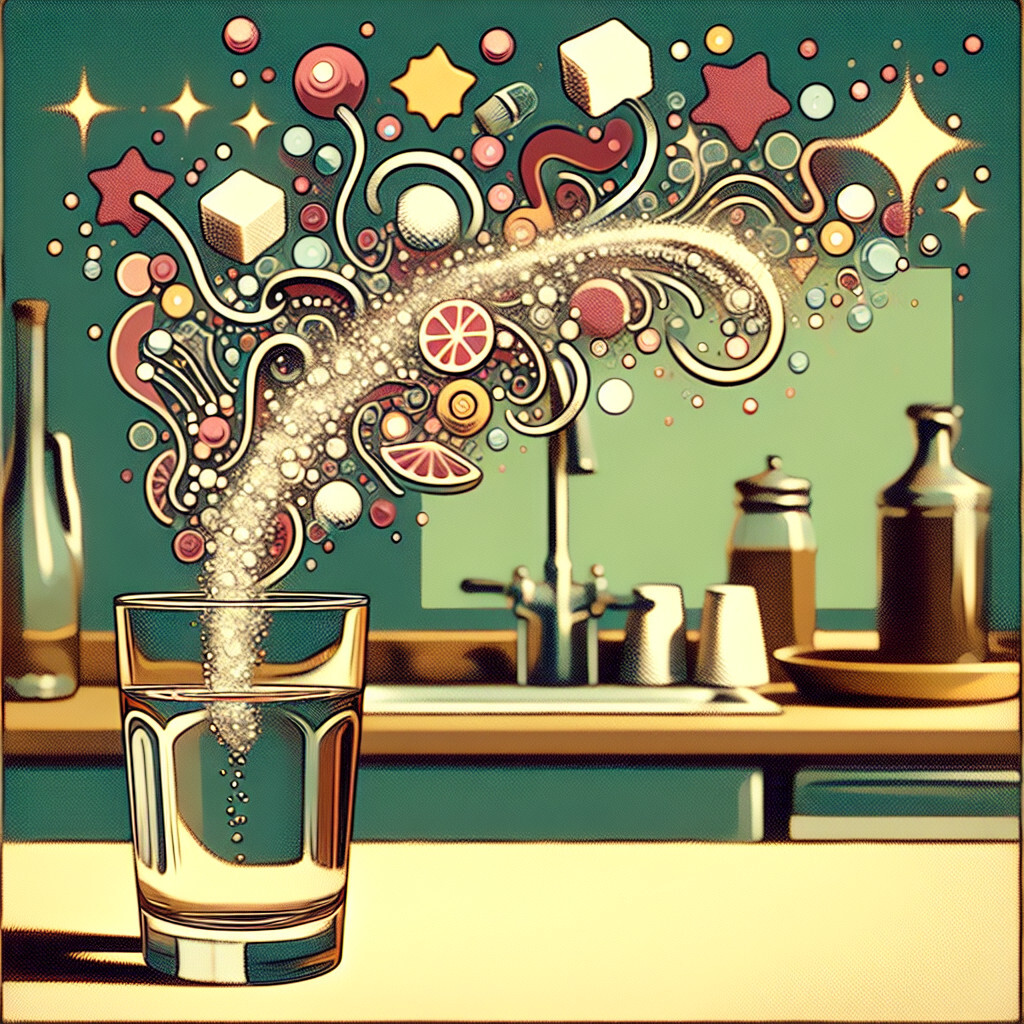-
Table of Contents
“Making Pure Water Simple: No Filter, No Problem!”
Introduction
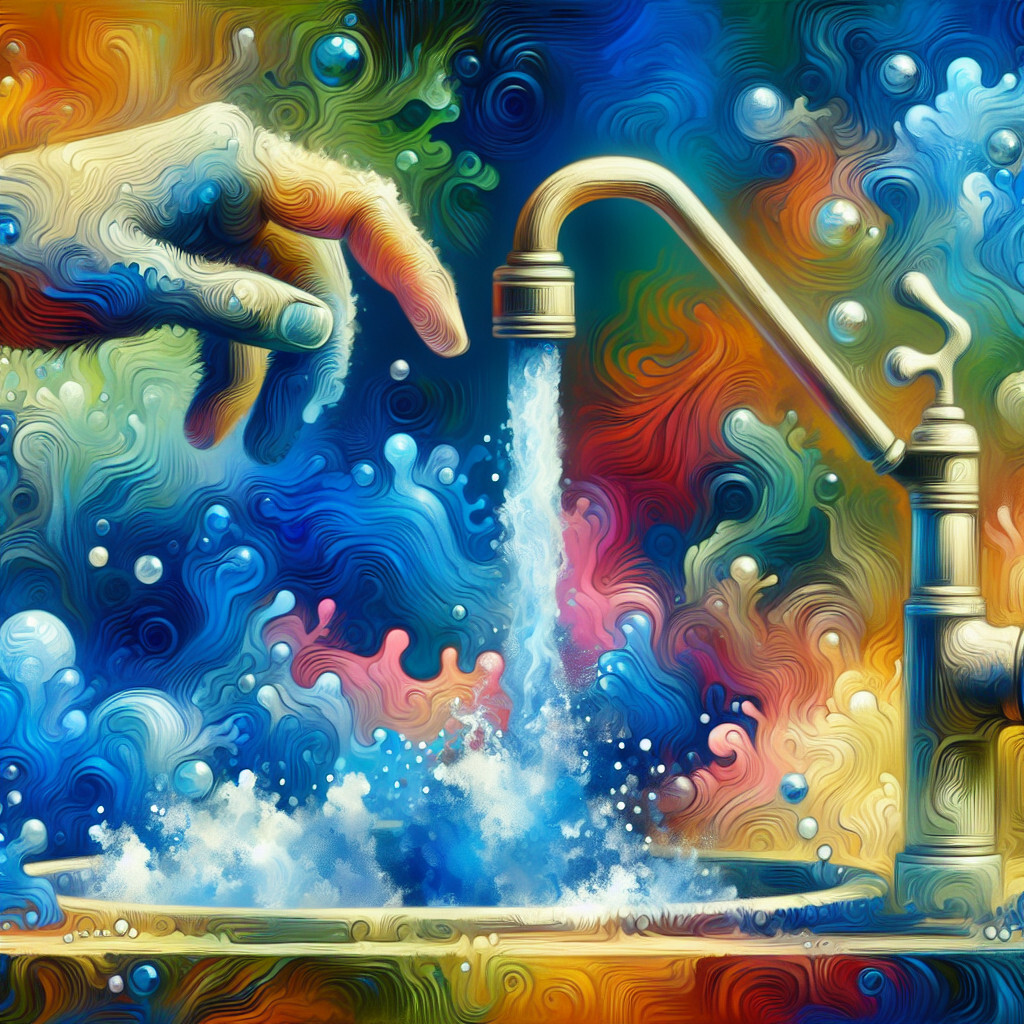
Filtering tap water without a filter involves a series of steps that can be done at home using simple materials. This process is essential in situations where clean drinking water is not readily available. The methods include boiling, using bleach, solar disinfection, and distillation. These methods aim to remove impurities and harmful organisms from the water, making it safe for consumption. It’s important to note that while these methods can purify water to some extent, they may not remove all types of contaminants.
DIY Methods for Purifying Tap Water Without a Filter
Water is an essential element of life, and its quality directly impacts our health and wellbeing. However, not everyone has access to clean, filtered water. In some cases, you may find yourself in a situation where you need to purify tap water, but you don’t have a filter. Fortunately, there are several do-it-yourself methods that can help you achieve this.
Boiling is one of the most common and effective ways to purify tap water without a filter. This method is particularly useful in eliminating bacteria, viruses, and other pathogens that may be present in the water. To boil water, simply fill a pot with tap water and bring it to a rolling boil. Let it boil for at least one minute, then allow it to cool before drinking. If you’re at an altitude of over 2,000 meters, increase the boiling time to three minutes to ensure all harmful organisms are killed.
Another method is the use of bleach. While this may sound alarming, household bleach can effectively disinfect water if used correctly. For every gallon of water, add about 1/8 of a teaspoon or eight drops of unscented, liquid chlorine bleach. Stir the water and let it stand for at least 30 minutes before consuming. The water should have a slight chlorine smell; if it doesn’t, repeat the process. However, this method should be used sparingly as long-term consumption of bleach-treated water may have adverse health effects.
Solar disinfection, also known as SODIS, is another effective method, especially in sunny climates. This method involves filling a clear plastic or glass container with tap water and leaving it in direct sunlight for at least six hours. The ultraviolet rays from the sun kill the harmful bacteria and viruses in the water. However, this method is less effective on cloudy days or with turbid water.
Distillation is another DIY method for purifying tap water without a filter. This process involves boiling water and collecting the steam, which condenses back into water. The impurities are left behind in the boiling container. To distill water, fill a pot halfway with tap water. Place a cup in the center of the pot, ensuring it doesn’t touch the sides. Cover the pot with a lid, upside down, and heat the pot. The water will evaporate, hit the lid, condense, and drip into the cup. This method is effective in removing bacteria, viruses, heavy metals, and salts.
Lastly, iodine tablets or tincture can be used to purify tap water. This method is commonly used by campers and hikers. Simply add the iodine to the water according to the package instructions, then wait for about 30 minutes before drinking. While effective, this method can leave an unpleasant taste in the water.
In conclusion, while having a water filter is the most convenient and effective way to ensure clean drinking water, there are several DIY methods available when a filter is not an option. Whether you’re boiling, using bleach, solar disinfection, distillation, or iodine, each method has its own advantages and disadvantages. It’s essential to understand each method thoroughly to ensure the safety and quality of your drinking water.
Understanding the Basics of Boiling as a Tap Water Purification Method
Understanding the basics of boiling as a tap water purification method is essential for anyone seeking to filter tap water without a filter. This method is not only cost-effective but also highly efficient in eliminating harmful bacteria and pathogens that may be present in your tap water.
Boiling is a simple and straightforward process that requires minimal equipment. All you need is a heat source, such as a stove or a fire, and a pot or kettle. The process involves heating the water to its boiling point, which is typically 100 degrees Celsius or 212 degrees Fahrenheit at sea level. The heat kills most types of bacteria, viruses, and parasites that can cause diseases, making the water safe for consumption.
The effectiveness of boiling as a water purification method is based on the principle that high temperatures are lethal to many forms of life. When water is heated to boiling point, the heat energy disrupts the cellular structures of microorganisms, effectively killing them. This includes harmful bacteria such as E. coli and Salmonella, as well as viruses and parasites.
However, it’s important to note that boiling does not remove chemical contaminants such as heavy metals, pesticides, and certain types of organic compounds. These substances have boiling points that are much higher than water, meaning they will remain in the water even after it has been boiled. Therefore, if you suspect that your tap water may be contaminated with these types of chemicals, boiling may not be the most effective purification method.
The duration of boiling is also a crucial factor in the effectiveness of this method. While some sources suggest that water should be boiled for at least one minute to kill most types of pathogens, others recommend boiling for at least ten minutes to ensure that all harmful organisms are eliminated. The World Health Organization advises that one minute of boiling is sufficient to kill most types of pathogens, but it also notes that in high-altitude areas where the boiling point of water is lower, water should be boiled for at least three minutes.
After boiling, it’s important to let the water cool naturally and store it in a clean, covered container. This prevents recontamination of the water with bacteria from the air or from touching the water with dirty hands or utensils.
In conclusion, boiling is a simple and effective method for purifying tap water without a filter. It kills most types of bacteria, viruses, and parasites, making the water safe for consumption. However, it does not remove chemical contaminants, and the duration of boiling can affect its effectiveness. Therefore, while boiling is a useful method for purifying tap water, it may not be sufficient if your water is contaminated with chemicals or if you live in a high-altitude area. In such cases, additional water purification methods may be necessary.
Exploring Natural Filtration Techniques for Tap Water
The quality of tap water can vary greatly depending on your geographical location. While some areas may have access to pristine, potable water, others may not be as fortunate. In such cases, it becomes essential to filter tap water to ensure it is safe for consumption. However, what happens when you don’t have a filter at your disposal? This article explores natural filtration techniques for tap water that can be employed in the absence of a conventional filter.
The first method to consider is boiling. This is one of the oldest and most effective ways to purify water. Boiling water for at least one minute can kill most types of pathogens, including bacteria, viruses, and parasites that can cause diseases. However, it’s important to note that boiling cannot remove chemical contaminants or improve the taste of the water.
Another technique is the use of natural coagulants. Certain plants, such as the Moringa oleifera, have seeds that can be crushed and mixed with water to form a paste. When this paste is added to the water, it attracts particles, which then form larger clumps that can be easily removed. This method is particularly effective in removing turbidity, but it may not eliminate all pathogens or chemical contaminants.
Distillation is another natural method that can be used to filter tap water. This process involves boiling water and then collecting the steam, which condenses back into water. The impurities are left behind in the boiling container, and the condensed water is typically much purer. However, distillation requires a heat source and a condensation apparatus, which may not always be readily available.
Solar disinfection, also known as SODIS, is a simple and cost-effective method for purifying water. This technique involves filling a transparent plastic or glass container with water and then leaving it in direct sunlight for at least six hours. The ultraviolet radiation from the sun kills or deactivates most pathogens. However, this method is not effective against chemical contaminants and requires a sunny climate to be effective.
Lastly, the use of activated charcoal is a natural filtration technique that has been used for centuries. Charcoal can absorb a wide range of contaminants, including some chemicals, improving both the taste and odor of the water. To use this method, you can add charcoal to the water and let it sit for a few hours before straining it. However, it’s important to note that not all types of charcoal are safe to use, and it’s recommended to use activated charcoal specifically designed for water filtration.
In conclusion, while these natural filtration techniques can be effective in certain situations, they may not remove all types of contaminants. Therefore, they should be used as temporary solutions or in combination with other methods to ensure the water is safe for consumption. It’s also important to remember that the best way to ensure you have access to clean, safe drinking water is to invest in a high-quality water filter. However, in situations where this is not possible, these natural methods can provide a viable alternative.
How to Use Distillation as a Means to Filter Tap Water
The process of filtering tap water is a crucial step in ensuring the safety and quality of the water we consume daily. While there are numerous methods available to filter tap water, such as using activated carbon filters or reverse osmosis systems, these may not always be accessible or affordable for everyone. However, there is a simple and cost-effective method that can be employed to filter tap water without the need for a filter: distillation.
Distillation is a process that involves heating water to its boiling point, capturing the steam, and then condensing it back into liquid form in a separate container. This method effectively removes impurities such as bacteria, viruses, heavy metals, and other contaminants that may be present in tap water.
To begin the distillation process, you will need a heat source, a pot with a lid, a glass container, and a way to collect the distilled water. The first step is to fill the pot with tap water and place it on the heat source. As the water begins to boil, the steam produced will rise and hit the lid of the pot.
The lid of the pot plays a crucial role in the distillation process. It should be inverted, forming a concave shape, to guide the steam towards the center. This is where the glass container comes into play. The container should be placed in the center of the pot, directly under the highest point of the inverted lid. As the steam condenses on the lid, it will drip down into the glass container, effectively separating the pure water from the contaminants.
It is important to note that the glass container must be clean and free from any contaminants. Any impurities present in the container could potentially contaminate the distilled water. Additionally, the container should be large enough to collect the desired amount of water but small enough to fit inside the pot without touching the sides.
As the process continues, the steam will condense and collect in the glass container. This water is now distilled and free from most impurities. However, it is essential to remember that while distillation removes many contaminants, it may not remove volatile organic compounds (VOCs) that have a lower boiling point than water. These compounds can vaporize and condense along with the water, potentially contaminating the distilled water.
To ensure the safety of the distilled water, it is recommended to test it for any remaining contaminants. This can be done using a water testing kit, which can be purchased from a home improvement store or online. If the test results show that the water is free from contaminants, it is safe to consume.
In conclusion, distillation is a simple and cost-effective method to filter tap water without the need for a filter. It effectively removes many contaminants, ensuring the safety and quality of the water. However, it is important to remember that this method may not remove all contaminants, and it is recommended to test the distilled water before consumption. With these steps, you can ensure that you have access to clean, safe drinking water at all times.
Q&A
1. Question: Can I filter tap water using a cloth?
Answer: Yes, you can use a clean cloth to filter out large particles from tap water. However, this method will not remove chemicals or microorganisms.
2. Question: Is boiling a method to filter tap water?
Answer: Boiling is a method to purify tap water, not filter it. It kills bacteria and parasites but doesn’t remove chemicals or particulates.
3. Question: Can I use plants to filter tap water?
Answer: Yes, certain plants like xylem plants can be used to filter water. They can remove bacteria and other contaminants, but they may not be as effective as commercial filters.
4. Question: Can distillation be used to filter tap water?
Answer: Yes, distillation is a process that can be used to purify tap water. It involves boiling the water and then condensing the steam, which can remove bacteria, viruses, and chemicals. However, it may not remove all types of contaminants.
Conclusion
In conclusion, filtering tap water without a filter can be achieved through various methods such as boiling, using bleach, iodine, or UV light, distillation, or creating a homemade filter using natural materials like sand, charcoal, and cloth. However, these methods may not remove all contaminants, especially chemical ones. Therefore, for the best results, it is recommended to use a certified water filter.


